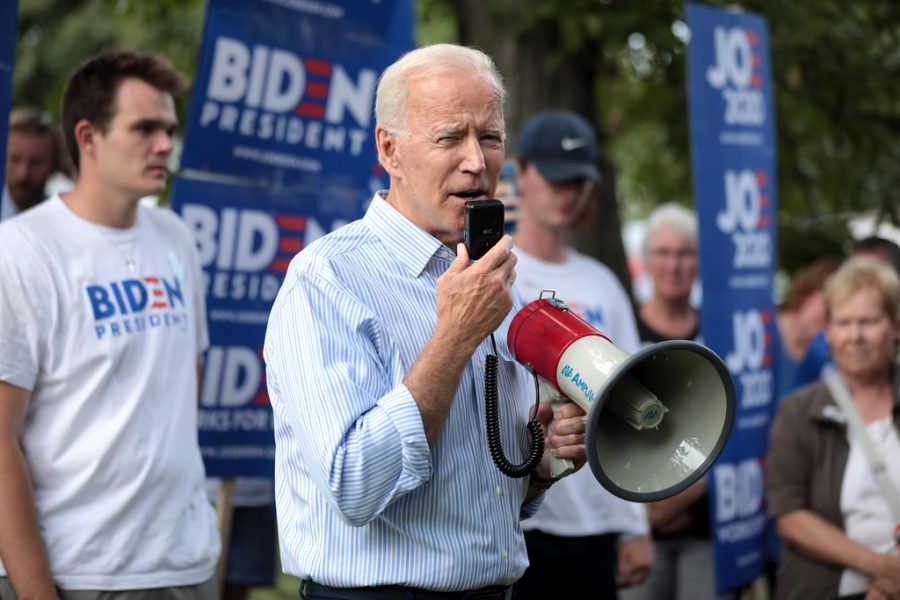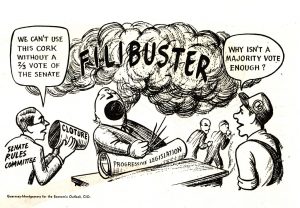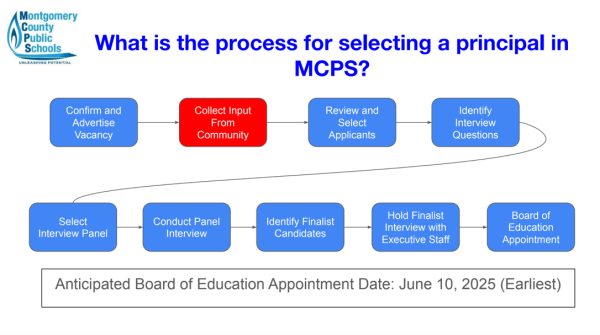Congress passes President Biden’s historic 1.2 trillion Infrastructure Investment and Jobs Act
Photo by Gage Skidmore used with permission from Google Creative Commons
President Joe Biden campaigned on his ability to govern and make deals. After a lengthy negotiating period, the Infrastructure Investment and Jobs Act has been passed by Congress and is now law.
On the campaign trail during a chaotic 2020, then-candidate Joe Biden expressed a faith in bipartisanship that few in politics profess. He was often dismissed as naive to the state of the Republican party. His experience as a vice president and chief negotiator during the Obama presidency would seem to have taught him better than anyone the difficulty of trusting the other side in legislative negotiations. Despite the modern challenges of bipartisan cooperation and compromise, Biden has delivered on his promise to pass the Infrastructure Investment and Jobs Act. This law supports the reason he was elected: to get stuff done.
In a press conference, the president joked that it is finally “infrastructure week,” referring to the slogan used by the Trump administration that was never accompanied by any significant law. The massive investments in the Infrastructure Investment and Jobs Act provide an example that bipartisan, sweeping achievements are possible.
America has a crumbling infrastructure. The American Society of Civil Engineers (ASCE) gives the nation’s infrastructure a D+ grade. Doing what generations of presidents could not, Biden has secured the passage of a $1.2 trillion bipartisan public works bill that invests in both traditional infrastructure repairs and replacement, along with more modern technologies.
Part of Biden’s “Build Back Better” agenda, the Infrastructure Investment and Jobs Act passed with the support of every Senate Democrat and 19 Senate Republicans. In the House, Democrats need 218 votes of their 221 seat caucus to pass bills without Republican support. Six Democrats voted against this bill, citing concerns that the other, more expansive portion of Biden’s economic agenda, the Build Back Better Act, would be abandoned. Thirteen House Republicans voted for it, ensuring its passage.
The negotiations, procedural votes, arguing through the press, Congressional motions, amendments and general political hullabaloo are over. The Infrastructure Investment and Jobs Act is law. The coverage surrounding the last few weeks has focused on the surface level, gossip of members of Congress debating over superficial aspects of the bill. It’s worth examining what the Infrastructure Investment and Jobs Act actually contains, and how it will affect America.
There is $110 billion that will be used to repair the nation’s highways, bridges and roads. According to the White House, 173,000 total miles of America’s highways and major roads and 45,000 bridges are in poor condition. There is also a $40 billion investment in bridges, the largest since the creation of the national highway system. Another $25 billion would be used to improve airports, ranging from runways and gates to repairing the air traffic control tower infrastructure.
According to VOA , The $39 billion for public transit in the legislation would expand transportation systems, improve accessibility for people with disabilities and provide dollars to state and local governments to buy zero-emission and low-emission buses. The Department of Transportation estimates that the current repair backlog is more than 24,000 buses, 5,000 rail cars, 200 stations and thousands of miles of track and power systems.
Additionally, $7.5 billion is invested in charging for electric vehicles, addressing the ever-increasing electric car usage and the lack of charging across the country. $2.5 billion is also earmarked for zero emission school buses, $2.5 billion for low emission school buses, as well as $2.5 billion for ferries.
As has been made increasingly clear during the Covid-19 pandemic, in our increasingly digital world, access to the internet is absolutely crucial. The Infrastructure Investment and Jobs Act allocates $65 billion in broadband access for rural, lower income and tribal populations.
The environmental protection agency estimates that at least six million lead pipes exist and some environmental groups believe there are more. These pipes are also prevalent in lower income communities, the most notable example being Flint, Michigan.
Any time one of these pipes are used, the ingestion of lead is risked, a neurotoxin that leads to significant harm for both cognitive development and organ health. The $15 billion allocated for removing and replacing lead pipes across the country is much needed, and represents a historic investment in communities that have long been neglected.
By 2026, auto manufacturers will be required to place sensors in their cars that prevent the car from starting when the driver is impaired. This includes analyzing the blood alcohol content in the driver’s breath and skin. Additionally, sensors scan the driver’s eyes. According to the CDC, 30 people die in drunk driving related accidents every day. This life saving technology is a lesser known component of this bill, but every bit as important.
According to Quartz, The bill includes about $27 billion for the electric grid, including loans to utility companies to invest in climate change protections, cybersecurity and software upgrades along with funding for transmission projects.
However, the most significant aspect of this provision is the changing of a law concerning transmission lines. As the system currently stands, electric transmission lines are regional, and as we shift to renewable energy, these lines would leave America more vulnerable to blackouts.
The U.S is far behind China in this endeavor, and the Infrastructure Investment and Jobs Act would grant the Federal Energy Regulatory Commission (FERC) the power to reject the rulings local and state commissions on the locations of these lines. These commissions are often controlled by local utilities that are frightened by outside competition.
These changes would allow the Department of Energy (DOE) to form an electric grid that is better suited for the future, instead of the current interests of local utilities. As climate change continues, extreme weather events will become more common and the Infrastructure Investment and Jobs Act addresses this issue. The DOE will establish a $5 billion grant program for weatherizing the electric grid, which would prevent crises such as the one earlier this year in Texas, when freezing temperatures kept people from accessing electricity.
There have been well documented supply chain issues due to Covid, with pictures circulating of boats unable to dock at ports and shipping delays across the world. The Infrastructure Investment and Jobs Act invests $17 billion in ports and waterways, which would aim to prevent future American vulnerability to these crises. Additionally, According to a Penn Wharton analysis, the Infrastructure Investment and Jobs Act decreases the deficit benefits the economy over the next three decades.
Inflation is at a 13-year high as America emerges from the pandemic. Opponents of The Infrastructure Investment and Jobs Act argue that now is not the time for these investments and it will further drive up the debt. The Biden White House responded to these concerns, citing the 17 Nobel laureates in economics who signed a letter saying Biden’s policies would “ease longer-term inflationary pressures.”
As a Trump 2024 campaign looms, it is worth noting that for the first two years of his presidency, he had wider majorities in both the House and Senate than Biden and Democrats currently enjoy. He failed to enact any significant infrastructure bill, let alone a bipartisan one supported by 62% of Americans. Biden’s accomplishment is difficult to overstate.
It’s easy to get bogged down in the minute details of such a massive piece of legislation, but broadly, the Infrastructure Investment and Jobs Act is projected to improve the economy and create jobs. It addresses long standing weaknesses in our nation’s infrastructure, while investing in the future of America, all while helping fight the existential threat that is climate change.
Your donation will support the student journalists of Thomas S. Wootton High School. Your contribution will allow us to purchase equipment and cover our annual website hosting costs.
Ethan is a 2023 graduate.










